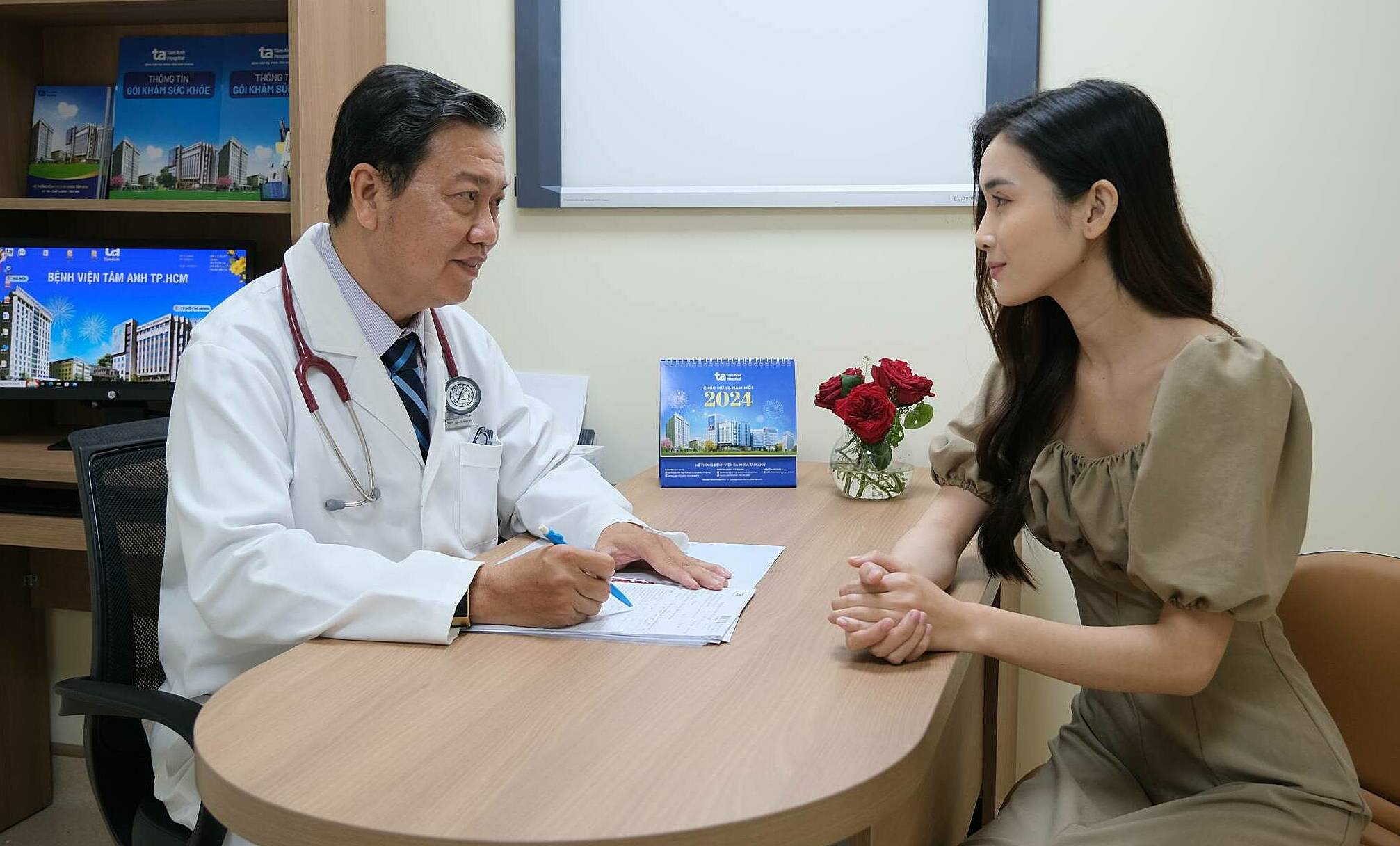Dr. Ngo Tran Quang Minh, medical director and head of the general internal medicine department at Tam Anh General Hospital, District 8, explains that pulmonary fungal infection, or pulmonary mycosis, occurs when fungi invade the lung tissue, causing damage, inflammation, and necrosis. Common culprits include environmental fungi like aspergillus, cryptococcus, histoplasma, or candida. Healthy individuals rarely contract this infection. However, those with weakened immune systems, such as individuals with cancer, diabetes, organ transplants, or those on long-term immunosuppressants or corticosteroids, are at higher risk. The disease often has a subtle onset, with symptoms like persistent cough, phlegm, coughing up blood, low-grade fever, chest pain, shortness of breath, and weight loss, easily confused with common pneumonia, which can lead to delayed or incorrect treatment.
Pulmonary mycosis has various forms, depending on the type of fungus and the patient's constitution. A common form is aspergilloma, which develops in old tuberculosis cavities or damaged lung areas. Severe cases can cause prolonged coughing up of blood. An invasive acute form typically affects those with severely compromised immune systems, progressing rapidly and becoming fatal if not treated promptly. People with allergies or asthma may develop eosinophilic pneumonia due to fungi, with symptoms like a persistent wheezing cough, easily mistaken for an asthma attack.
 |
Dr. Quang Minh consults with a patient. Photo illustration: Tam Anh General Hospital. * |
Doctors diagnose pulmonary mycosis by reviewing medical history, especially in those with underlying conditions, undergoing chemotherapy, having had organ transplants, or living in damp or moldy environments. They may also order chest X-rays, CT scans, pulmonary function tests, bronchoscopies, and microbiological tests such as sputum analysis and biopsies if deeper tissue damage is suspected.
Treatment involves antifungal medications, either orally or intravenously, for several weeks to months, depending on the extent of damage and the type of fungus. Treating pulmonary mycosis is different from treating bacterial pneumonia. Therefore, self-medicating with regular antibiotics is ineffective and can worsen the condition.
At-risk individuals should watch for unusual, persistent respiratory symptoms, especially after cancer treatment, chemotherapy, corticosteroid use, or a severe viral infection. Those with a history of tuberculosis, bronchiectasis, or lung cavities have a higher risk of fungal invasion in the previously damaged areas. Untreated pulmonary mycosis can lead to pulmonary fibrosis, chronic respiratory failure, or spread beyond the lungs, causing meningitis or systemic fungal infections.
To prevent pulmonary mycosis, Dr. Minh recommends maintaining a strong immune system through a healthy diet, regular exercise, and keeping living spaces clean, dry, and free of mold. If persistent respiratory symptoms occur, seek medical attention for examination and screening for pulmonary fungal infection, rather than self-medicating.
Trong Nghia
| Readers can submit respiratory health questions here for doctor's answers. |












